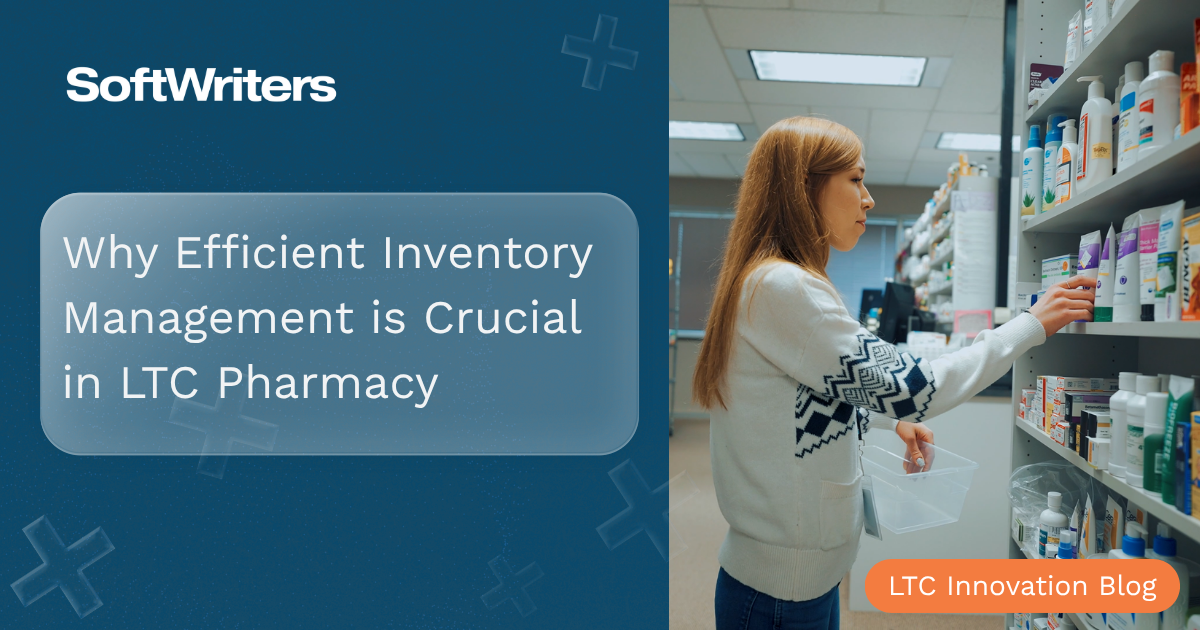long-term care best practices, industry updates, and more
The LTC Innovation Blog
Clear Filters
Subscribe
.png)
October 9, 2025
|
Consulting,
Artificial Intelligence,
Automation,
FrameworkInsight
The Risks of Shortcuts in Pharmacy Automation and Why a Safer Path Forward Matters
Walk into any long-term care pharmacy today, and you'll feel the pressure immediately. Staffing is leaner, costs are higher, and the demand for accuracy and speed has never been greater. It's no surprise that pharmacy leaders and IT teams are looking for creative ways to stretch resources further.
Read More

October 1, 2025
|
Reimbursement
Crafting a Reimbursement-Friendly LTC Pharmacy Workflow
Your team has worked diligently to prepare a barrage of medication orders, provided crucial clinical support to your long-term care (LTC) facilities, and built strong relationships with your patients. Yet, month after month, a significant chunk of your hard-earned revenue vanishes into the black hole of claim rejections. Sound familiar?
Read More

September 30, 2025
|
FWLTC users conference,
Tradeshows,
Press Release,
User Conference
What You Missed at the FrameworkLTC Innovation Conference
FrameworkLTC Innovation Conference Recap 2025 From September 15–17, hundreds of long-term care (LTC) pharmacy leaders gathered at the Sheraton San Diego for the 15th Annual FrameworkLTC Innovation Conference. Over three days, the event delivered invaluable opportunities for education, networking, and innovation, all centered on advancing the future of LTC pharmacy.
Read More

September 2, 2025
|
Inventory,
Consulting,
FrameworkInsight
Inventory Management Approaches for Your LTC Pharmacy
In our recent article, we highlighted the significant, often hidden, costs associated with inefficient inventory management in Long-Term Care (LTC) pharmacies. Now, let's explore practical and proven approaches that your pharmacy can implement to gain control, optimize your stock levels, and enhance overall operational efficiency.
Read More
.png)
August 6, 2025
|
Product,
Press Release
SoftWriters Announces the Launch of FrameworkInsight
Introducing FrameworkInsight: An Innovative Cloud-Based Business Intelligence Platform for Long-Term Care (LTC) Pharmacies
Read More

July 17, 2025
SoftWriters StatimRx Partnership
PITTSBURGH, PA – July 17, 2025 – SoftWriters, the leading provider of pharmacy management software for long-term care (LTC) pharmacies, is proud to announce a new integration between the FrameworkLTC product suite and StatimRx’s logistics platform, enabling real-time delivery data exchange and increased delivery management options across the medication fulfillment lifecycle.
Read More

July 7, 2025
|
Cash flow,
Inventory,
CMS Final Rule
Why Efficient Inventory Management is Crucial for Your LTC Pharmacy
In long-term care (LTC) pharmacy, pharmacies hold a high volume of medications, which also carry high inventory costs. The efficiency of your back-end operations, particularly inventory management, plays a silent but significant role in your financial health and overall success. Are you fully aware of the hidden costs that inefficient inventory practices might be inflicting on your bottom line? In this article, we'll delve into some key metrics that underscore the critical importance of effective inventory management in your unique setting and review some practices you can consider implementing today to improve your approach to inventory management in the pharmacy:
Read More

June 17, 2025
|
FrameworkLTC
Switching LTC Pharmacy Software: Everything You Need to Know
Technology is a must-have in the pharmacy industry today. Automation empowers pharmacies to work more efficiently, provide better service for their customers, and identify new opportunities to optimize and scale their business over time.
Read More